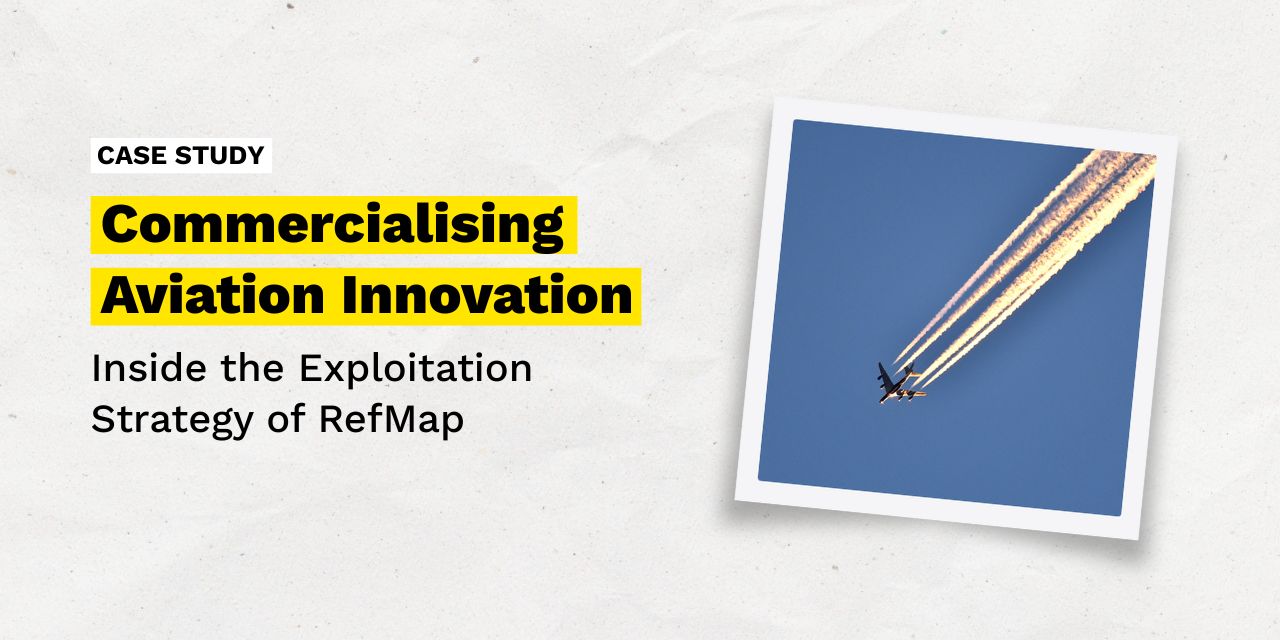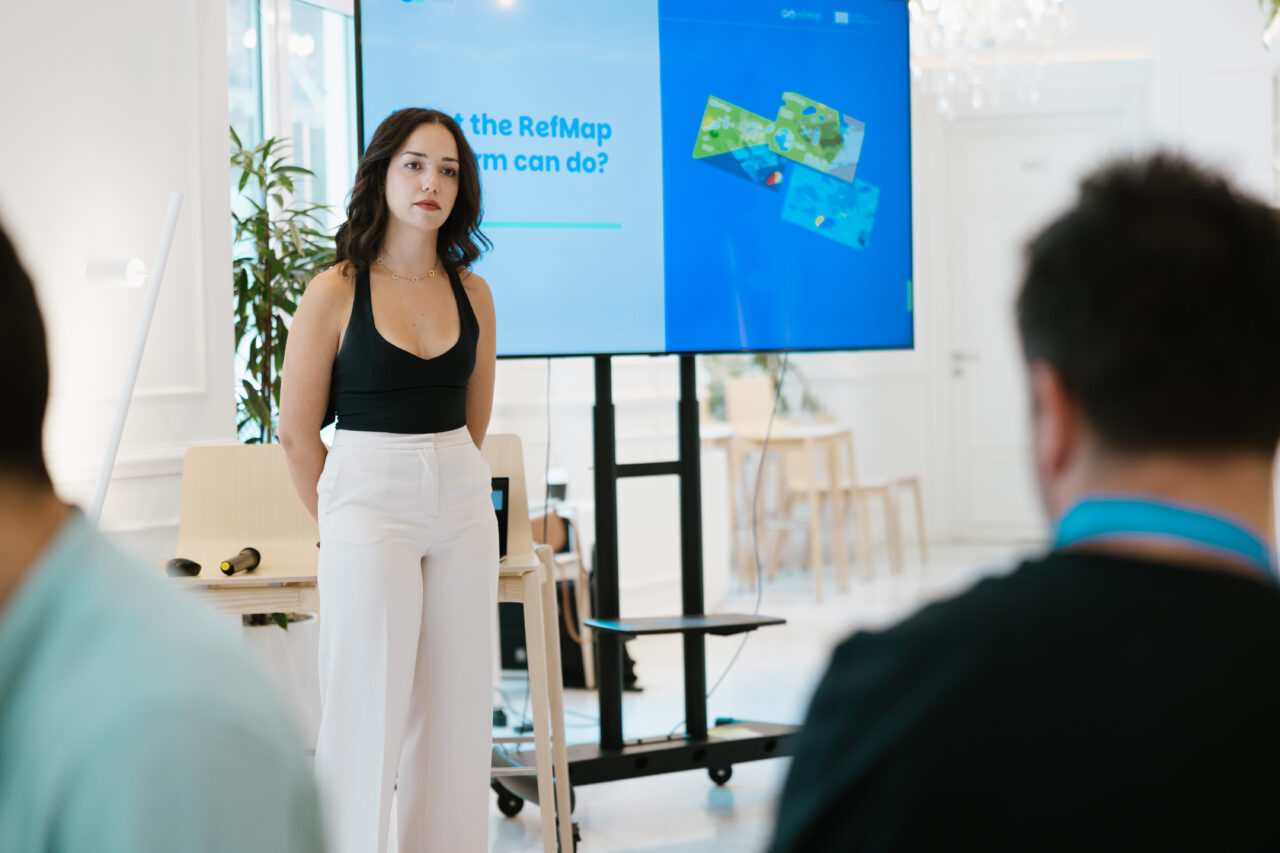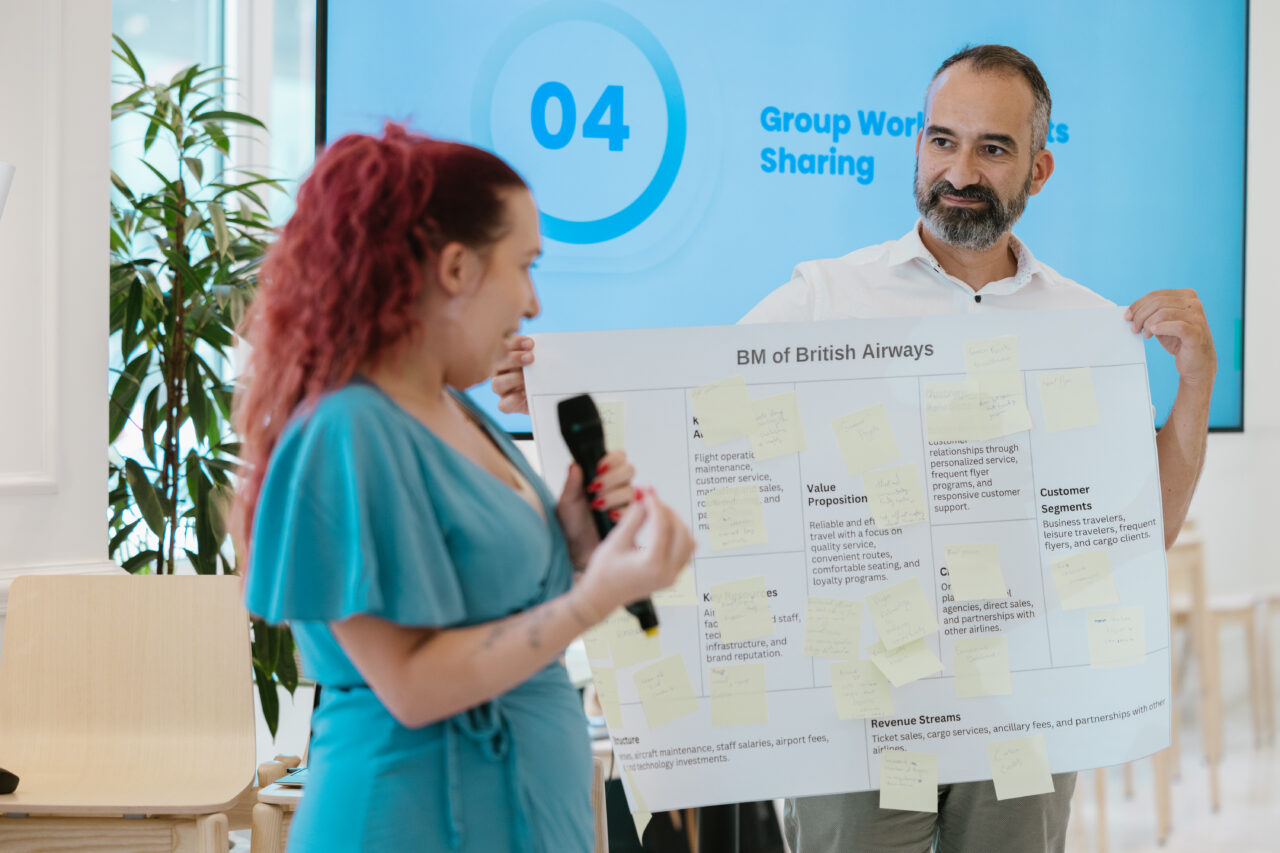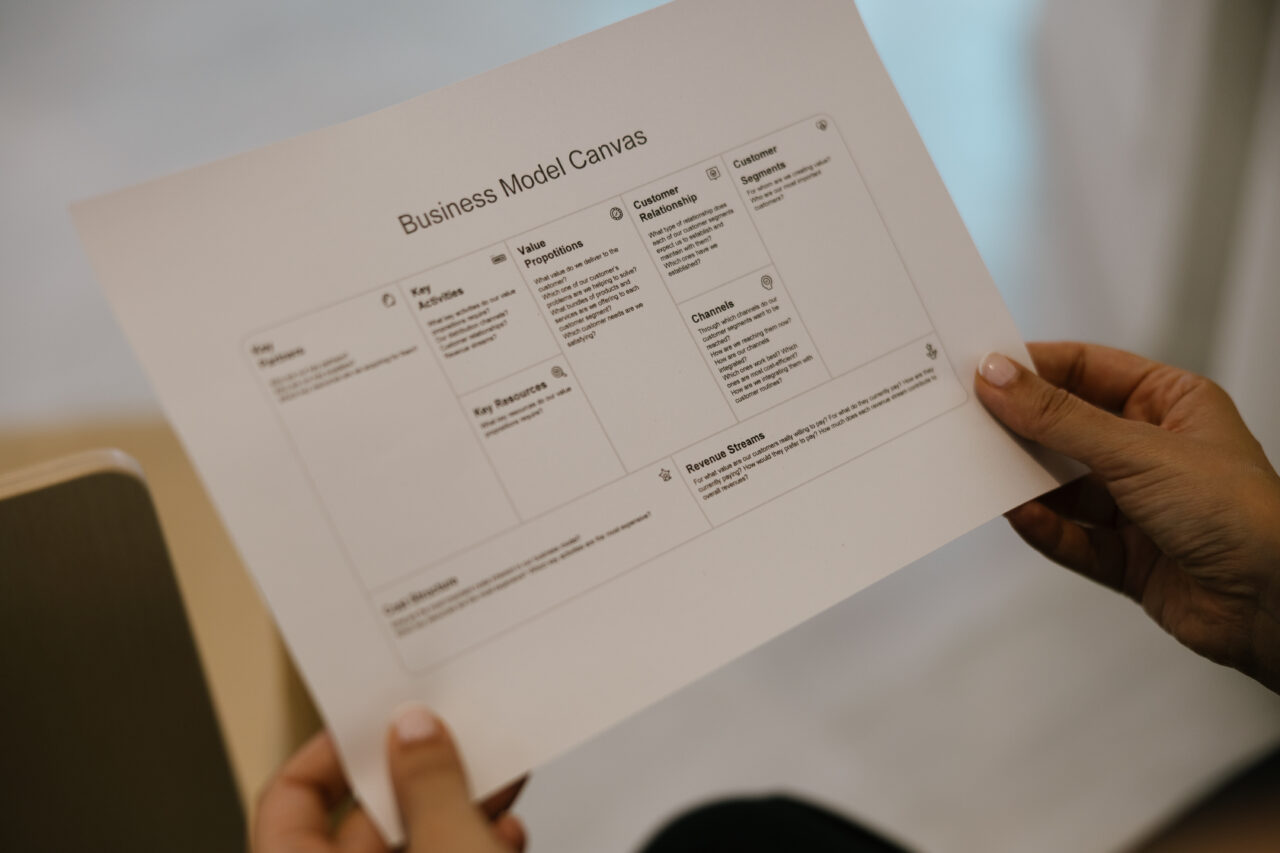The Innovation-to-Impact Gap in Aviation
In the high-stakes world of aviation, innovation is only as valuable as its ability to scale, serve, and solve.
Yet for many EU-funded research projects, the journey from lab to runway often ends in stalled reports and unactivated insights. Bridging this gap is no small feat, and that’s precisely where Future Needs excels. In the RefMap project, an ambitious Horizon Europe initiative focused on quantifying the environmental impact of air mobility, Future Needs played a pivotal role in ensuring the project’s outcomes didn’t just stay on paper.
From Key Exploitable Results (KERs) to real-world applications, this is the story of how Future Needs helped transform research into operational and commercial aviation value.
Why Exploitation Matters in Horizon Europe
Dissemination tells the world about your research. Exploitation ensures that the world uses it to:
- generate value
- drive innovation, and
- achieve policy goals.
Within Horizon Europe’s framework, exploitation isn’t just a checkbox, it’s a core pillar of impact delivery. According to the European Commission, exploitation refers to “the use of project results in further research activities other than those covered by the project concerned, or in developing, creating, and marketing a product or process, or in creating and providing a service, or in standardisation activities” (source: European Commission – Horizon Europe Programme Guide).
This shift from awareness to application is especially critical in aviation, a sector undergoing radical transformation due to environmental pressures, the emergence of Urban Air Mobility (UAM), and fast-evolving drone regulations. Aviation stakeholders don’t just need technical deliverables. They need validated, usable, and scalable solutions that can integrate into complex airspace systems and comply with national and EU policy frameworks.
This is why exploitation expertise has become a strategic differentiator in EU-funded aviation projects. It connects the dots between technology readiness (TRLs), stakeholder needs, regulatory alignment, and commercial strategy. When done right, exploitation turns public investment in research into private and public sector innovation and gives aviation companies a competitive edge in a sector where sustainability, safety, and commercial readiness are no longer optional.
Future Needs has embedded this philosophy deeply in its exploitation work, particularly in RefMap, ensuring that Key Exploitable Results (KERs) are not only clearly defined but actively advanced toward market and policy integration.
What is Commercialised in RefMap?
RefMap produced several high-impact KERs that have significant commercial potential. Beyond identifying valuable research outputs, Future Needs is creating an exploitation plan for each output, suggesting ways to take them to the market.
For example, selected project KERs and their target users are:
- RefMap Analytics Platform: A SaaS solution designed to process environmental and weather data, allowing airlines and UAS operators to optimize flight paths for reduced environmental impact.
- Environmental Footprint Impact Tools: Data and software enabling aviation and UAS stakeholders and city planners to quantify environmental footprint across multiple scales, ideal for regulatory bodies and policy evaluation.
- Stakeholders’ Insights Report: Analysis of what aviation stakeholders prioritise in sustainable aviation and how environmental variables influence aviation business models, helping market players make data-informed decisions.
These commercial pathways were not just theoretical, they were mapped to real user types, including urban planners, regulators, aviation operators, and environmental agencies. Each of these assets went through a rigorous refinement process to become commercially viable and relevant to stakeholder needs.
In doing so, we provided RefMap with an actionable exploitation roadmap.
Inside the Future Needs Exploitation Methodology
What sets us apart is its structured, proactive, and integrated exploitation methodology.
Here’s how we executed it within this project:
- Value Proposition Design: Early identification of who benefits from each KER, and why.
- Market Analysis: Spotting current trends, changes in customer behavior, emerging technologies or regulatory developments to define niche markets.
- Stakeholder Validation: Interviews, surveys, and co-designed workshops to test market relevance.
- Policy Influence: Using project findings to shape recommendations for sustainable aviation and drone regulation.
- TRL Strategy Planning: Mapping research against Technology Readiness Levels to guide its maturation.
- Funding Scouting: Identifying follow-up calls and investors early in the project lifecycle.
By embedding these steps into the RefMap implementation cycle from Month 1, we ensured the project remained on track toward market impact, not just academic success.
A hands-on workshop on Validating New Aviation Business Models, led by the Future Needs exploitation experts, as part of the Aviation Transition Cluster event in Athens 2025. Participants explored real-world use cases and generated ideas for creating viable and sustainable business models in aviation and urban air mobility, supporting RefMap project exploitation activities
Market Trends: Why This Matters to Aviation Now
The aviation sector is facing a convergence of technological, environmental, and regulatory shifts:
- Urban Air Mobility is growing rapidly, demanding new tools for environmental planning.
- Sustainability mandates are evolving, placing pressure on emissions and noise data.
- Digitalization and analytics are moving from “nice-to-have” to “non-negotiable.”
In this landscape, the kinds of tools and strategies developed in REFMAP and refined through Future Need’s exploitation strategy are not just useful, but essential.
Voices from the REFMAP Project
As Anna Palaiologk, Future Need’s founder and exploitation lead, puts into context:
“With the current regulatory direction, environmental impact will slowly transition from an unseen, uncalculated, and unaccounted-for societal cost to a compliance requirement. We are here to make this cost measurable and ensure that all aviation stakeholders have a say. ”
Sotirios Xydis, Assistant Professor at the National Technical University of Athens and key partner in RefMap, reinforces this:
“Many researchers lack the market knowledge to translate their findings. Future Needs provided the bridge between innovation and implementation.Their leadership not only advanced REFMAP’s goals, it also set a new benchmark for how exploitation can be approached in Horizon projects.”
What Research Consortia Can Learn
Here are key takeaways for aviation firms and research consortia looking to replicate RefMap’s success:
- Start exploitation planning early, preferably before project kick-off.
- Map your KERs, watch the market and draft a business plan from the start.
- Validate with stakeholders regularly to refine market uptake.
- Design for TRL advancement, not just academic output.
- Align with upcoming regulations and market needs.
- Set performance indicators to monitor the progress and effectiveness of each exploitation activity.
Commercialising aviation research is complex but with the right roadmap, it’s entirely achievable.
What REFMAP Proves
REFMAP demonstrates that with the right exploitation strategy, aviation research can deliver measurable market, policy, and societal value. As aviation continues to evolve under environmental, digital, and regulatory pressures, the project offers a replicable model for how to turn EU-funded research into lasting industry impact.
By aligning technical outputs with stakeholder needs, Future Needs helped transform project results into business models, tools, and regulatory contributions.
Ready to turn your research into real-world aviation impact?
Whether you’re mid-project or planning your next Horizon Europe proposal, strategic exploitation can make the difference between a report and a revenue stream. Future Needs specialises in taking aviation research further, aligning your Key Exploitable Results with market needs, policy shifts, and TRL pathways.
Book a 30-minute strategy session with our exploitation experts — and start building a roadmap that delivers results beyond the final deliverable.
Follow us on LinkedIn to stay informed about the latest Horizon Europe and Erasmus+ developments and subscribe to our newsletter for expert highlights from the EU research and innovation landscape, delivered straight to your inbox.
FAQ
What is exploitation in Horizon Europe projects?
It refers to using research results beyond the project’s lifecycle, including commercialization, policy use, or further R&D.
How does exploitation differ from dissemination?
Dissemination is about spreading knowledge. Exploitation is about using it for impact and application.
What are Key Exploitable Results (KERs)?
KERs are research outputs with clear potential for commercial, societal, or regulatory use.
Why is early market analysis important in aviation R&D?
Because aviation innovations often face long adoption cycles, early alignment speeds up go-to-market success.
How does REFMAP help aviation companies?
It provides analytics, methodologies, and tools for assessing and improving environmental impact.
How can I apply this exploitation model to my project?
Engage an exploitation expert early, define your KERs, watch the market, validate with stakeholders, and build a business roadmap.
About the authors

Anna Palaiologk, the founder of Future Needs, is a Research & Innovation Consultant with 18 years of experience in proposal writing and project management. She has worked as a project Coordinator and Work Package leader in 30+ EU projects and has authored 50+ successful proposals. Her research background is in economics, business development and policy-making. Email Anna at anna@futureneeds.eu.
 Lina Giannivasili is Head of the EU Project Implementation Team and an exploitation expert, with extensive experience in proposal writing and project management across Horizon Europe’s Cluster 1: Health; Cluster 4: Digital, Industry & Space; Cluster 5: Climate, Energy & Mobility; and Research Infrastructures. With a background in economics and gender equality, she focuses on integrating these perspectives to maximize the societal and commercial impact of EU-funded projects. Email Lina at lina@futureneeds.eu.
Lina Giannivasili is Head of the EU Project Implementation Team and an exploitation expert, with extensive experience in proposal writing and project management across Horizon Europe’s Cluster 1: Health; Cluster 4: Digital, Industry & Space; Cluster 5: Climate, Energy & Mobility; and Research Infrastructures. With a background in economics and gender equality, she focuses on integrating these perspectives to maximize the societal and commercial impact of EU-funded projects. Email Lina at lina@futureneeds.eu.






